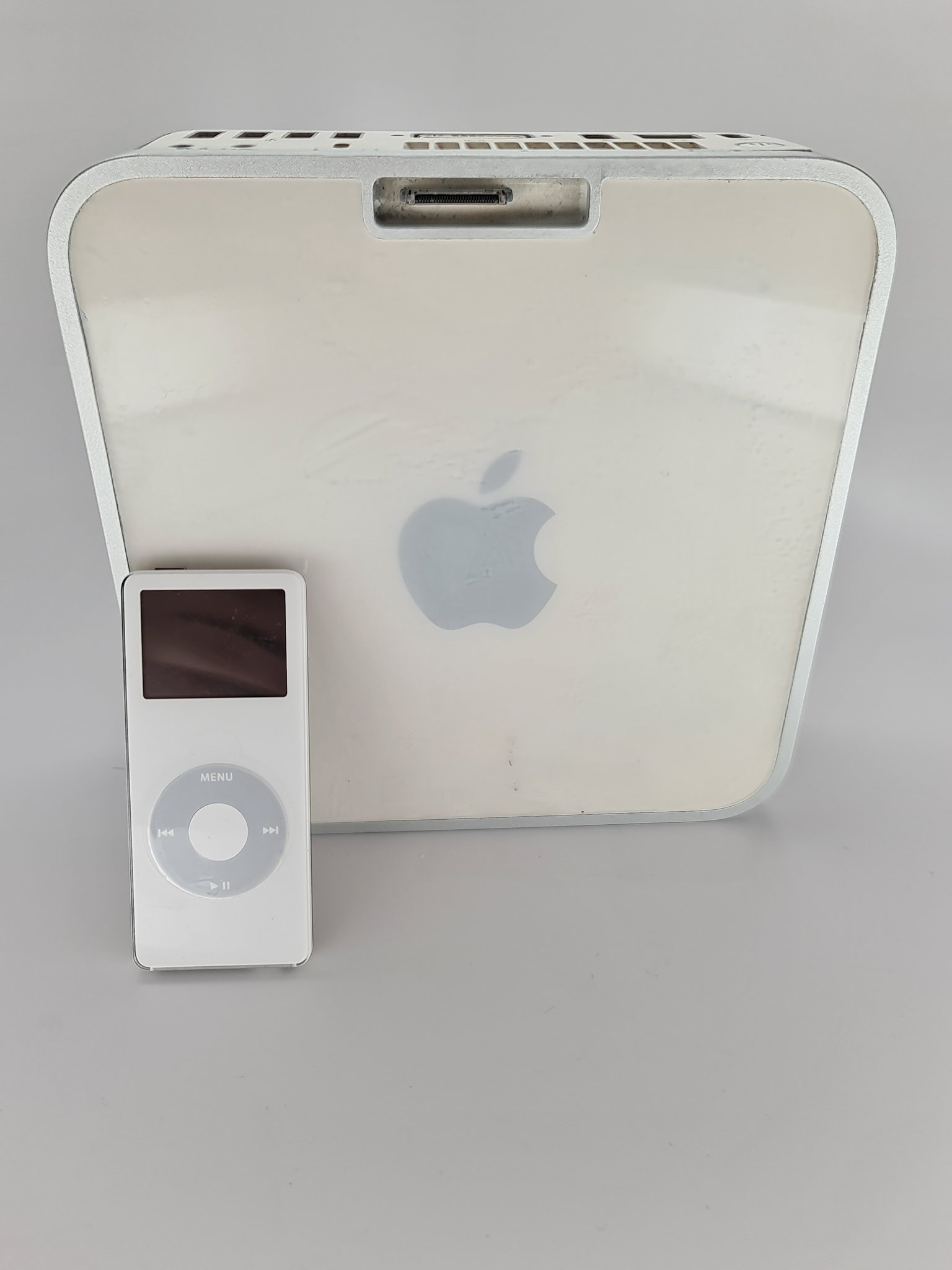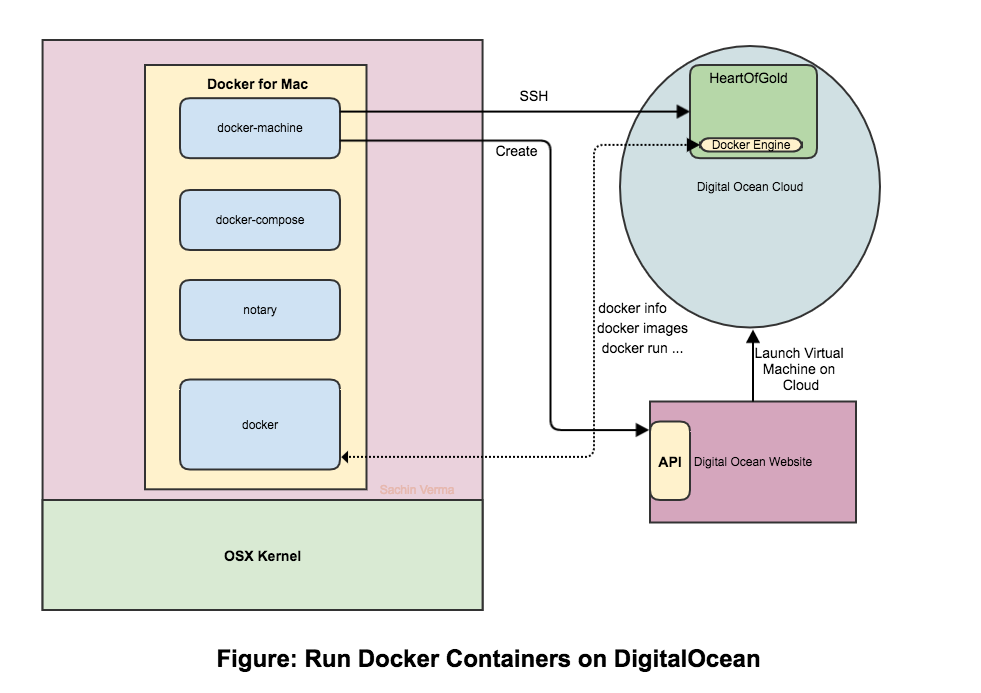

- #Docker for mac aufs install#
- #Docker for mac aufs update#
- #Docker for mac aufs series#
- #Docker for mac aufs download#
# /etc/cloud//99-disable-network-config.cfg with the following: # network configuration capabilities, write a file # to it will not persist across an instance reboot. # This file is generated from information provided by the datasource.

I’ve picked the IP address 192.168.64.17 here, because 17 is an amazing number.
#Docker for mac aufs update#
We’ll also update the network settings to configure a fixed IP address for the virtual machine. If you’re planning to use this for anything other than testing, you’ll obviously want to use a better password. This mounts the volume and configures the root login. Ssh-keygen -f /etc/ssh/ssh_host_dsa_key -N '' -t dsa Ssh-keygen -f /etc/ssh/ssh_host_rsa_key -N '' -t rsa Now we’re ready to update a few settings: mkdir /mntĬhroot /mnt touch /etc/cloud/cloud-init.disabled Run vftool with the following parameters to launch the image: vftool -k vmlinuz -i initrd -d focal-server-cloudimg-arm64.img -m 4096 -a "console=hvc0"Īnd in a second terminal connect to the console via screen to kick off the boot process, again as described in part one of this series: screen /dev/ttys007 # check the launch console for the tty id Boot the imageįor this step we need vftool, which we can build following the steps outlined in part one of this series: git clone Qemu-img: Mach-O 64-bit executable arm64 3. On an M1, this should take about 4 minutes and you should have a qemu-img command in your build directory afterwards: ❯ file qemu-img configure -target-list=aarch64-softmmu -extra-cflags=-I/opt/homebrew/opt/gnutls/include -extra-ldflags=-L/opt/homebrew/opt/gnutls/lib Now we’re ready to clone and build Qemu: git clone
#Docker for mac aufs install#
So instead we’ll build Qemu ourselves.įirst, we need to install a few dependencies that Qemu needs in oder to build successfully, and that’s what we installed brew for: brew install ninja glib pixman pkg-config texinfo nettle gettext libffi You may be tempted to try and install Qemu via brew but when I last tried it (on January 10) it did not build successfully. This will install brew into /opt/homebrew/bin, so make sure it is in your PATH for subsequent commands to work. Install Homebrew if you don’t have it already: /bin/bash -c "$(curl -fsSL )" It’s not particularly difficult but it will take a little leg work. Unfortunately, that means we need to build all of Qemu to get it. Next, we need the qemu-img command in order to be able to resize the disk image.
#Docker for mac aufs download#
You can use the following terminal commands to download them: curl -o vmlinuz.gz & gunzip vmlinuz.gzĬurl -o & tar xvfz 2.

We need three files to bootstrap the virtual machine: Let’s get started by downloading the boot images. Download cloud image and associated files Here’s what I posted to the Docker preview channel at the time: /jHymPI2Z9u- Sven A. I tried the Preview 5 build a few weeks ago and it was ~2x slower than the setup I described in my blog post. Once you’re done with these steps you’ll have a Docker virtual machine that is about twice as fast as the Docker Tech Preview 5.

In order to fix this, we’re going to set up a properly installed Linux VM with a persisted volume, based on my first two posts and this article by Callum Smith, with some additions like a fixed IP address. While parts of the setup are permanent and reinstalling Docker and a few other customisations is as easy as pasting a few shell commands in a terminal, taking only a minute or so, it still is rather annoying having to do that, even if you reboot only once or twice a month. The big downside of the presented solution is that it lives in RAM only, meaning that any time you need to reboot your machine or stop the process running the VM, all changes are lost. These two articles describe the basic setup to get Docker up-and-running on an M1 Mac.
#Docker for mac aufs series#
This is the third post in my series about using Docker on an M1 MacBook Air.


 0 kommentar(er)
0 kommentar(er)
